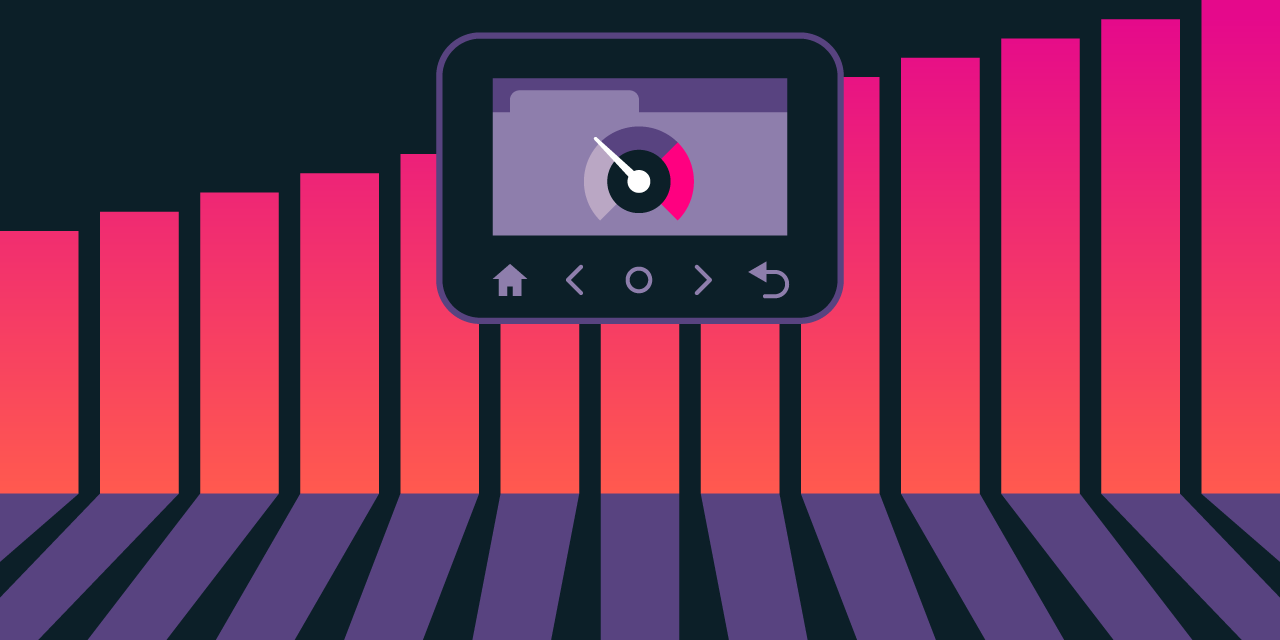Your Energy Bill Guide: What are Standing Charges?
Many households in the UK were relieved when the price cap was lowered in September. But, energy costs are set to increase again this winter at a time when energy consumption is at its highest.
Not only will households be without the government’s Energy Bill Support Scheme payments, but the price cap will rise by 5% in January, taking the average energy bill from £1834 to £1928 - double the average energy bill in 2021.
While the price cap is only a cap for how much you pay on energy unit rates, not on how much you use, standing charges work differently. They’re a fixed added cost. If you’re already a low-consumption household, you are disproportionately affected as they make up a higher percentage of your energy bill.
Wasted energy makes up 30% of the average energy bill - do something about it! Get more from your smart meter with Loop.
The Price Cap and Energy Bills: A Brief Overview
The price cap is a safeguard implemented by the UK government to protect consumers from excessive energy costs. It sets a maximum price that energy suppliers can charge per unit of energy. It's designed to provide stability and ensure affordability for consumers.
A standing charge is a fixed daily or monthly fee that energy suppliers tack onto your bill to cover the costs of infrastructure, maintenance, and energy delivery. Although energy companies can charge below the standing rates, they cannot exceed the cap on unit prices. This makes it challenging for them to reduce standing charges, as these are necessary for maintenance and infrastructure upkeep.

The Rise in Standing Charges
Even though the price cap decreased earlier this year, it's important to consider how rising standing charges are impacting energy bills. These standing charges have surged by a staggering 60% since 2021, and the consequences are far-reaching.
Unlike your energy usage where you can cut costs by using less, there isn’t a way for consumers to reduce their standing charge.
This places a disproportionate burden on low-energy users, where standing charges, rather than energy usage, make up a significant portion of their energy bills.
Households currently pay around £300 a year on standing charges. Even if they aren’t using any energy, these are the costs incurred for the facility of having gas and electricity.
The Standing Charge vs Unit Price Dilemma
You might wonder if reducing the standing charge would result in higher unit prices. The answer is yes, it's a possibility, but here's the crucial difference; while you can strive to reduce the amount of energy you use, there's no way to shrink the standing charge.
As a result, it's the low-energy users who bear the brunt of these standing charges.
Is There an Escape from Standing Charges?
While there’s no escaping standing charges, one energy company, Utilita, offers a tariff without them. However, this seemingly attractive option is balanced by a higher unit rate, making it more suitable for those with extremely low energy usage or frequent periods away from home. For example, people with second homes.
The Future of Standing Charges
Fortunately, there are voices speaking out against these soaring standing charges. Organisations like Money Saving Expert have been successfully lobbying for a reduction in standing charges. Ofgem has launched a review of standing charges and if you want to have your say, you can do so here. However, as the price cap is already set for January to March, costs won't be decreasing anytime soon.
.png?width=300&height=300&name=standing_charges_2%20(1).png)
The best advice we can give is to try and control your energy usage. Understanding the dynamics between the price cap, standing charges, and unit rates is essential to making savings on your energy bill. Knowing which costs you have control over helps you focus your energy-saving efforts.
That’s where an energy-saving tool like Loop comes in, helping you understand your household’s energy consumption and keeping you on track of your costs.
How to Save on Your Energy Bill
If you’re not already a low-usage household, improving your energy efficiency is the first step to lower bills. It doesn't need to be time-consuming or difficult - a few easy habits can significantly cut costs. Follow our energy-saving guides for our best-practice advice.
• • •
Cut Your Energy Bill With Loop
Loop is a FREE energy-saving app that links to your smart meter, analyses your energy use and shows you easy ways to save. On average, Loop users cut their energy use by 15%! How much could you save?








